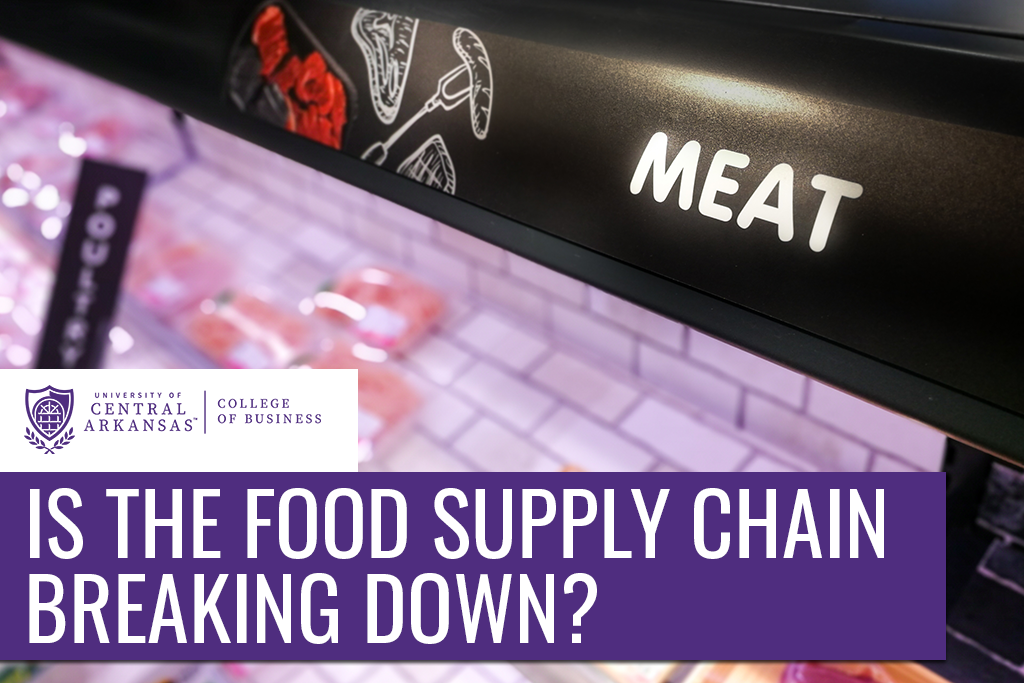 Hannah Robinson, a senior Insurance & Risk Management student in the UCA College of Business, received the Independent Insurance Agents of Arkansas’ Sam Golden Memorial Scholarship on July 15.
Hannah Robinson, a senior Insurance & Risk Management student in the UCA College of Business, received the Independent Insurance Agents of Arkansas’ Sam Golden Memorial Scholarship on July 15.
The $1,000 scholarship honors the memory of Sam Golden who was a territory manager for Progressive Insurance and advocate of BIG I Arkansas. He also served on the Independent Insurance Agents of Arkansas Education Foundation, which awards the annual scholarship in his name.
Robinson, a White Hall native, is due to graduate in 2021. She currently interns at Union Standard Insurance Group in underwriting.
The Insurance & Risk Management program in UCA was established in 2000. It is the only four-year program of its kind in the state of Arkansas.












